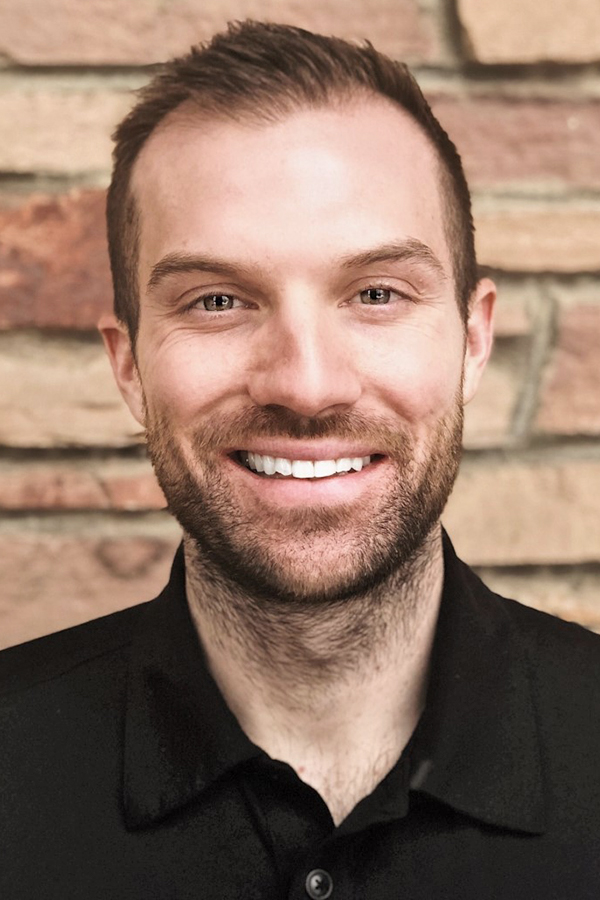 Breathing in pure oxygen can help you hold your breath, explains kinesiology professor Anthony Bain in a recent article about Kate Winslet’s performance in Avatar: The Way of Water.
Breathing in pure oxygen can help you hold your breath, explains kinesiology professor Anthony Bain in a recent article about Kate Winslet’s performance in Avatar: The Way of Water.
Actor Kate Winslet set a Hollywood record for holding her breath underwater for more than seven minutes while filming the latest Avatar movie.
While the feat is impressive, it has been demystified by UWindsor kinesiology professor Anthony Bain, an expert in cardiovascular and respiratory function.
 In an article published in The Conversation, Dr. Bain said Winslet could achieve the feat by breathing in pure oxygen before holding her breath.
In an article published in The Conversation, Dr. Bain said Winslet could achieve the feat by breathing in pure oxygen before holding her breath.
“Winslet also most likely hyperventilated (breathed faster and deeper than normal) on the 100 per cent oxygen,” Bain said.
While Winslet now holds the record for holding your breath on a movie set, it pales in comparison to the current world record: 24 minutes and 37 seconds, set in 2021 by Croatian diver Budimir Šobat, whom Bain knows personally. The world record for a non-oxygen-assisted breath hold is 11 minutes and 35 minutes for a man, and nine minutes and two seconds for a woman.
In his article, Bain explains the science of holding your breath. A cluster of cells in your brain and neck called chemoreceptors monitor the levels of oxygen and carbon dioxide in your bloodstream. When you hold your breath, the level of carbon dioxide in your bloodstream rises and the level of oxygen declines. Eventually your diaphragm — the primary respiratory muscle — contracts involuntarily.
Inhaling 100 per cent oxygen prior to holding your breath offsets the buildup of carbon dioxide in your bloodstream, dramatically delaying involuntary breathing.
“It’s likely that Winslet’s trainers had a keen understanding of respiratory physiology and that she benefited from that knowledge,” Bain writes.
Read the full article, “The science of holding your breath,” in the Conversation, which publishes news and views from the academic and research community.
—Sarah Sacheli
